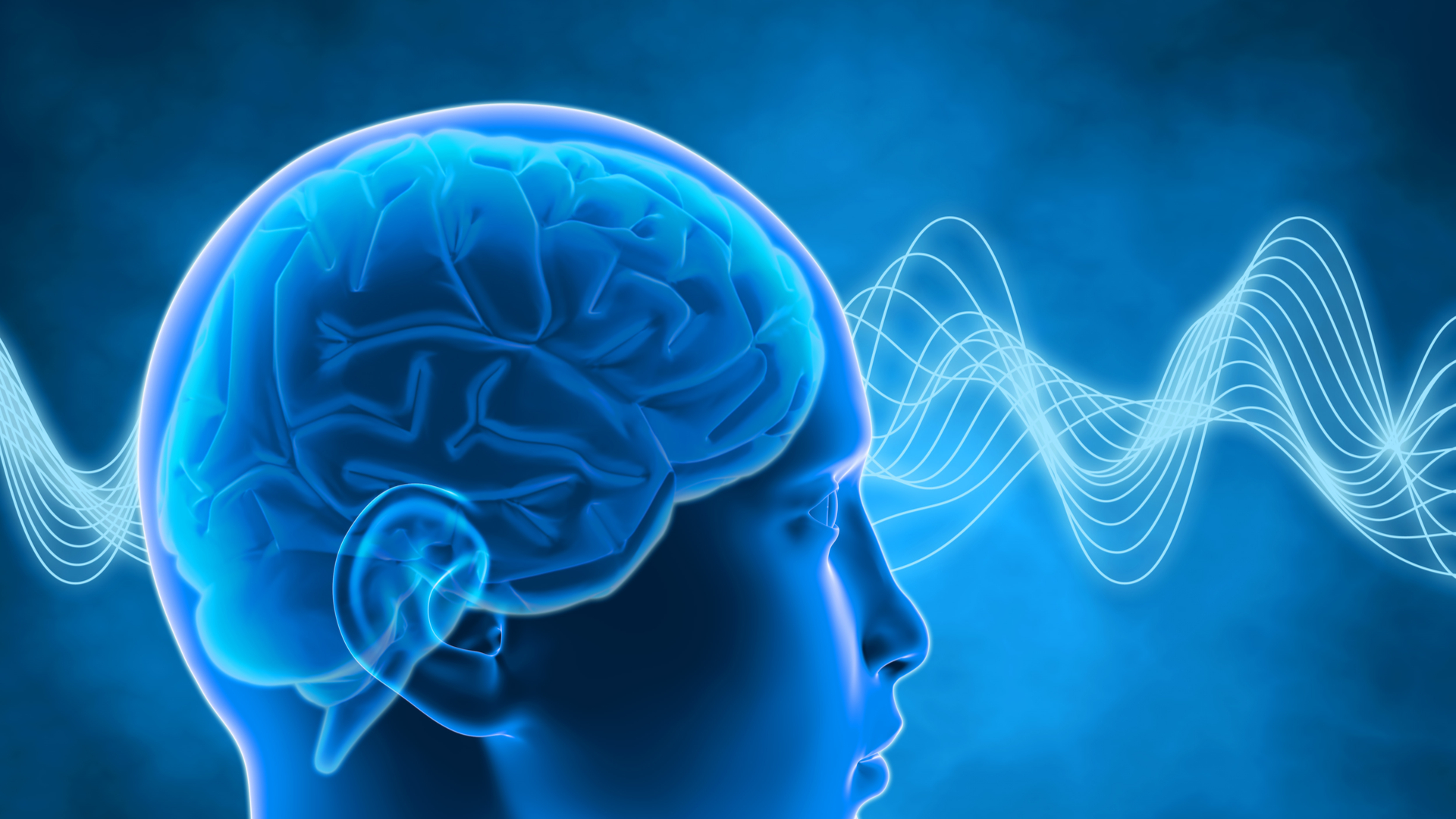
MeRT Science and Research Studies
Below, you will find the science and peer-reviewed studies on EEGs, TMS, and MeRT that build the foundation of our approach to treatment.
MeRT is an innovative, targeted treatment based on powerful third-party research published in prestigious scientific journals.
Science on EEG Findings:
EEG Changes Associated with Autistic Spectrum Disorders, Boutros et al, 2015.
The Quantitative Electroencephalogram and the Low-Resolution Electrical Tomographic Analysis in Posttraumatic Stress Disorder, Todder et al, 2012
EEG Alpha Rhythm Frequency and Intelligence in Normal Adults, Anokhin & Vogel, 1996.
Traumatic Brain Injury – An EEG Point of View, lanof and Anghinah, 2017
Neuromodulation Studies and Reports:
MeRT Ongoing Clinical Trials with the Department of Defense for PTSD, Post-Concussive Disorders, and TBI:
PTSD Trials – Currently Military Specific
Congressional Approval (for use of MeRT treatment for TBI, Post-Concussive Disorder, and PTSD)
Science and Research on Major Depression:
Pilot Study: New Approach to Help Adults with Autism and Depression
Brain Stimulation Relieves Depression With Fewer Side Effects
Transcranial Stimulation Effective for Hard-to-Treat Depression
PTSD Science and Research Studies:
EEG_EKG Guided TMS in veterans with PTSD_Randomized Double_Blinded pilot study_SBMT Poster Accepted
Electroencephalography and Mild Traumatic Brain Injury, Thatcher, 2006.
For Veterans Suffering from PTSD who are not able to go through MeRT treatment, alternative treatments and studies from the United States Government are discussed here.
Autism:
EEG_EKG Guided TMS in children with Autism_Randomized Double_Blinded pilot study_SBMT Poster.
Resting State Cortical Connectivity Reflected in EEG Coherence in Individuals with Autism, Murias, 2007.
Resting state EEG abnormalities in autism spectrum disorder, Wang et al, 2013.EEG complexity as a biomarker for autism spectrum disorder risks, Bosl et al, 2011.
Pilot Study: New Approach to Help Adults with Autism and Depression
Anxiety:
EEG Correlates of Different Types of Anxiety in 14 – to 15-Year-Old Teenagers, Eismont et al, 2008.
Parkinson’s:
Deep Brain Stimulation in Neurological and Psychiatric Disorders, Coenen VA, et al, 2015.
Tourette Syndrome:
Bipolar Disorder:
Deep brain stimulation for bipolar disorder review and outlook, Gippert et al, 2016.